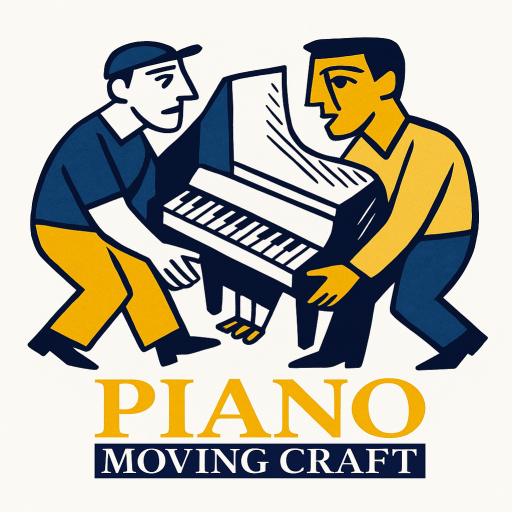
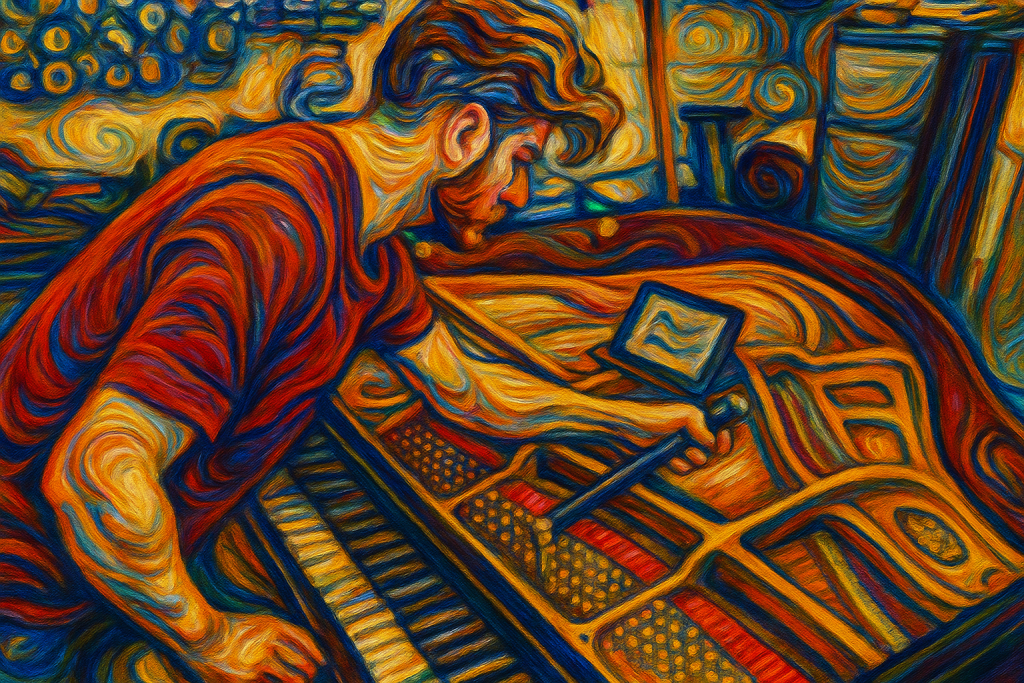
You’ve just finished your move — everything’s in place, and your piano has safely arrived at its new home. But when you sit down to play, something sounds… a little off. Don’t worry — your piano isn’t broken! It simply needs a tuning.
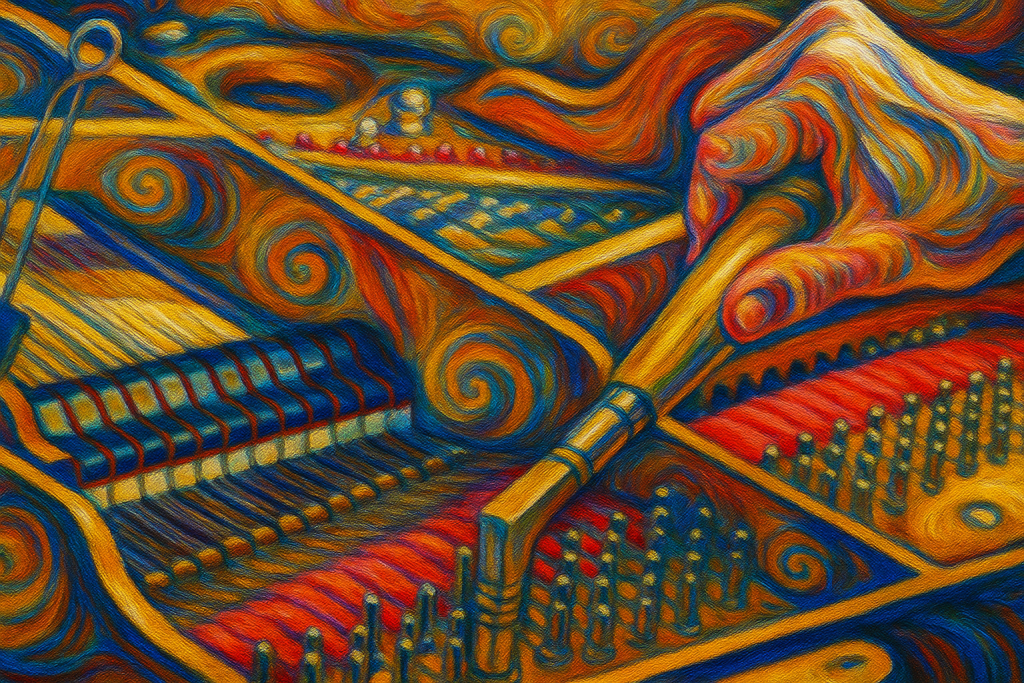
Even when handled with care, moving a piano means changes in temperature, humidity, and environment. These changes affect the wood, felt, and metal strings inside your piano — all of which are sensitive to even the smallest shifts.
When you move from one home to another, your piano experiences:
Temperature changes that cause wood to expand or contract.
Humidity differences that affect string tension and the soundboard.
Vibrations and movement during transport that can slightly shift internal parts.
Together, these factors can easily nudge your piano out of tune.

We recommend waiting about 2–4 weeks after your piano has been moved before scheduling a tuning. This gives your instrument time to adjust to the new environment and stabilize.
Once it’s settled, a qualified piano technician can tune it accurately — ensuring it sounds exactly as it should.
Regular maintenance keeps your piano in perfect condition. Even if you’re not moving, most experts suggest tuning your piano at least twice a year to maintain pitch stability and tone quality.
Moving a piano safely is only half the job — making it sound beautiful again is the finishing touch. After every move, give your piano a little time to settle, then schedule a tuning. Your ears (and your piano) will thank you!

Even though your piano can’t be tuned immediately after the move (it needs a little time to settle into its new home), we’ve got a treat for you!
We’re giving you a $25 off coupon toward your next piano tuning.
Just use it when scheduling your appointment — it’s our way of saying thank you for trusting us with your piano!

If you’ve inherited an old piano or found one sitting quietly in your home, you might be wondering: Is it worth restoring? Some pianos carry both musical and sentimental value, while others are better left as beautiful furniture. Let’s take a closer look at what makes a piano worth bringing back to life.

Not all pianos are created equal. High-quality instruments from reputable makers are often worth restoring because they were built to last for generations.
Brands commonly worth restoring include:
Steinway & Sons
Mason & Hamlin
Baldwin (especially older models)
Yamaha and Kawai (certain grand models)
Bösendorfer, Bechstein, Blüthner
If your piano comes from one of these names — or another respected manufacturer — chances are, it has a solid foundation worth saving.
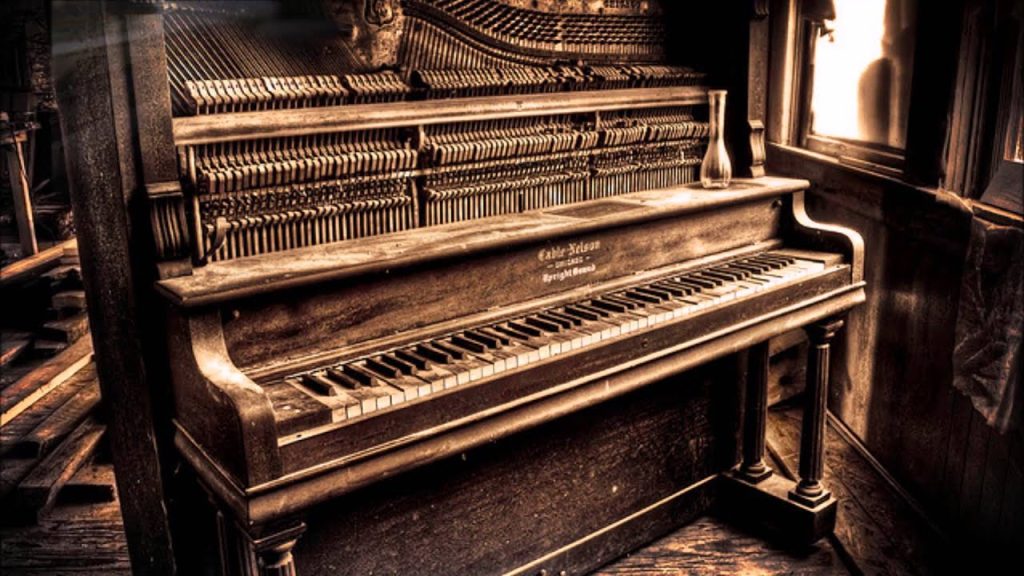
A piano’s age alone doesn’t decide its value. A well-maintained 100-year-old grand piano might be an excellent restoration candidate, while a neglected 30-year-old spinet might not be.
Things to consider:
Soundboard: Cracks can often be repaired, but severe damage might make restoration uneconomical.
Pinblock: If the tuning pins no longer hold, the piano may need a replacement.
Frame: A strong cast-iron frame means the instrument has potential.
If the core structure is solid, restoration is often worth it.

Some pianos carry stories — family heirlooms, instruments from churches, schools, or concert halls. Even if the market value isn’t high, the emotional value might make restoration priceless.
Restoring such an instrument preserves memories and history — and lets the next generation make new ones.
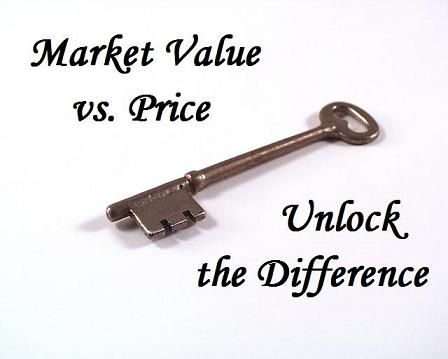
Restoring a piano can cost anywhere from a few thousand dollars for a basic refurbish to tens of thousands for a full rebuild. The key question: Will the result justify the cost?
If the finished piano will sound and play like a new one (and hold or increase in value), it’s usually worth it. But if the piano has limited resale value or poor materials, it may be wiser to invest in a newer instrument.
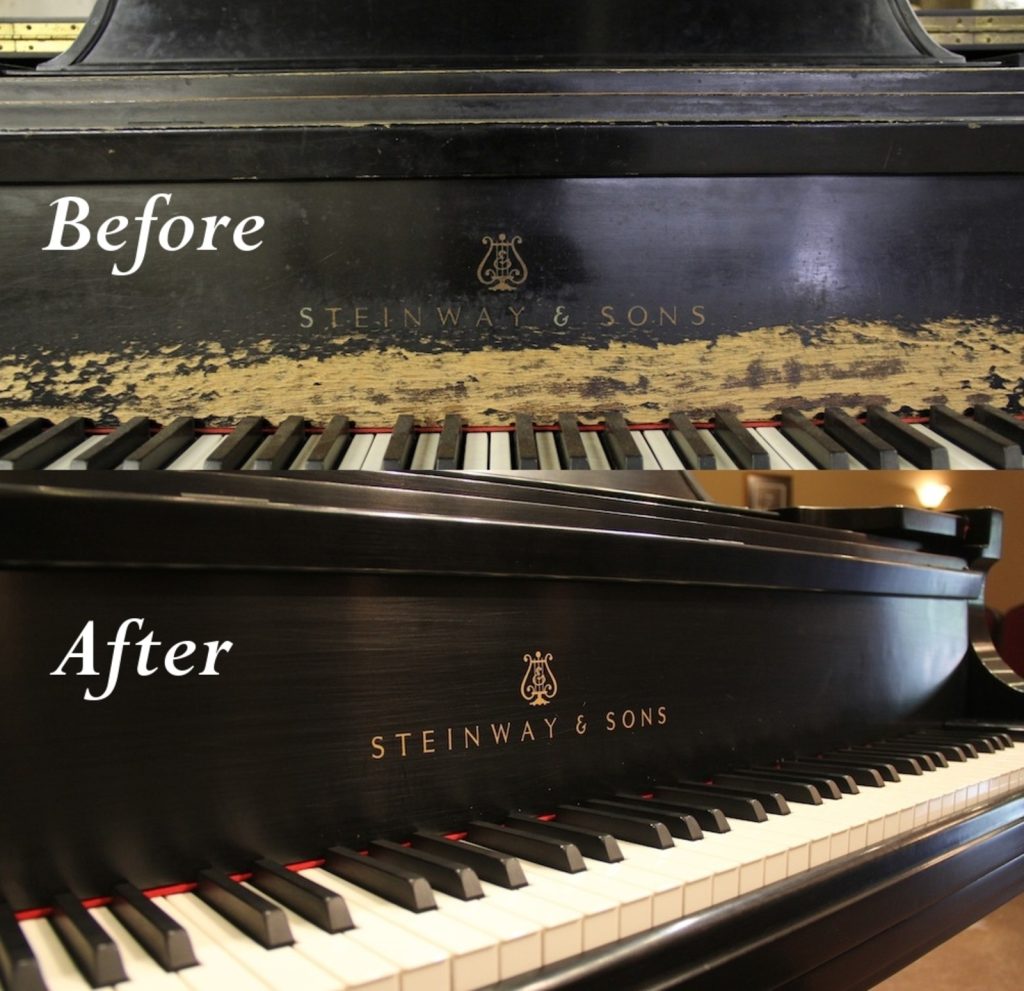
Before making a decision, have a registered piano technician or rebuilder inspect your piano. They’ll evaluate its condition, brand, and potential — and give you an honest opinion on whether it’s a good restoration candidate.
A piano worth restoring is one that has quality bones, emotional meaning, or musical potential. Not every piano qualifies — but for the right one, restoration can bring back its voice, beauty, and soul.
Whether it’s a century-old Steinway or Grandma’s upright that’s been silent for years, giving it a second life can be one of the most rewarding decisions you’ll ever make.